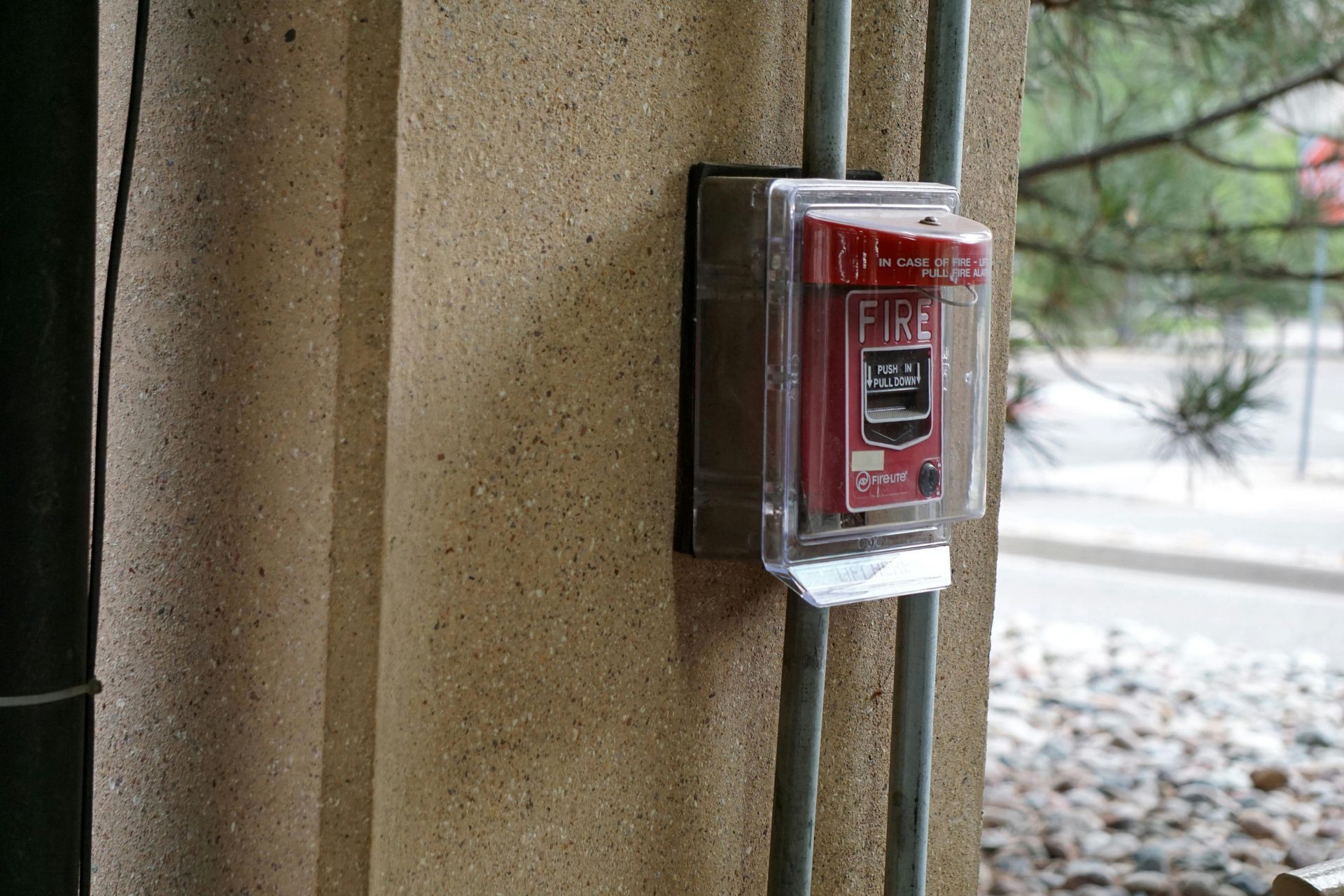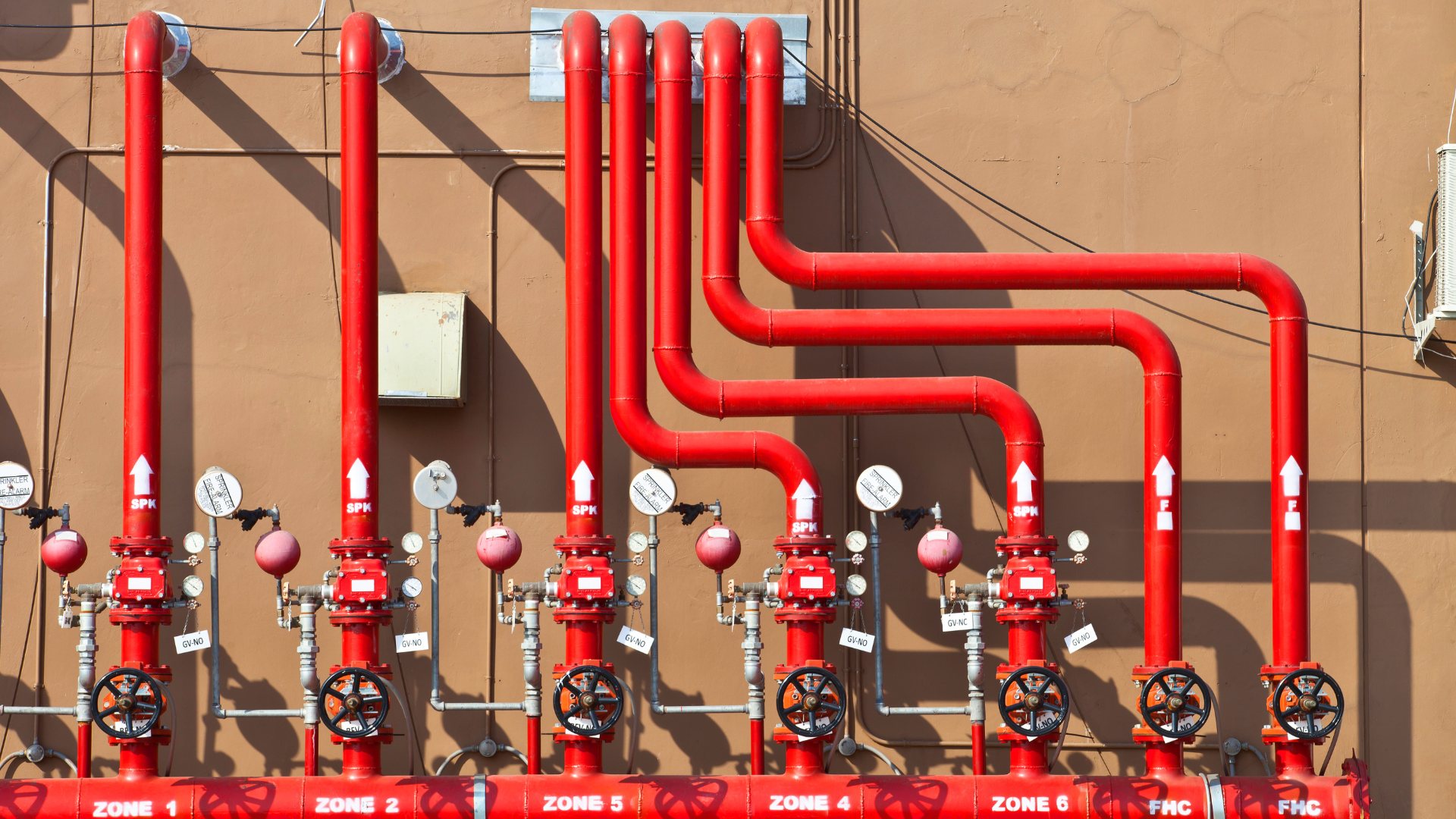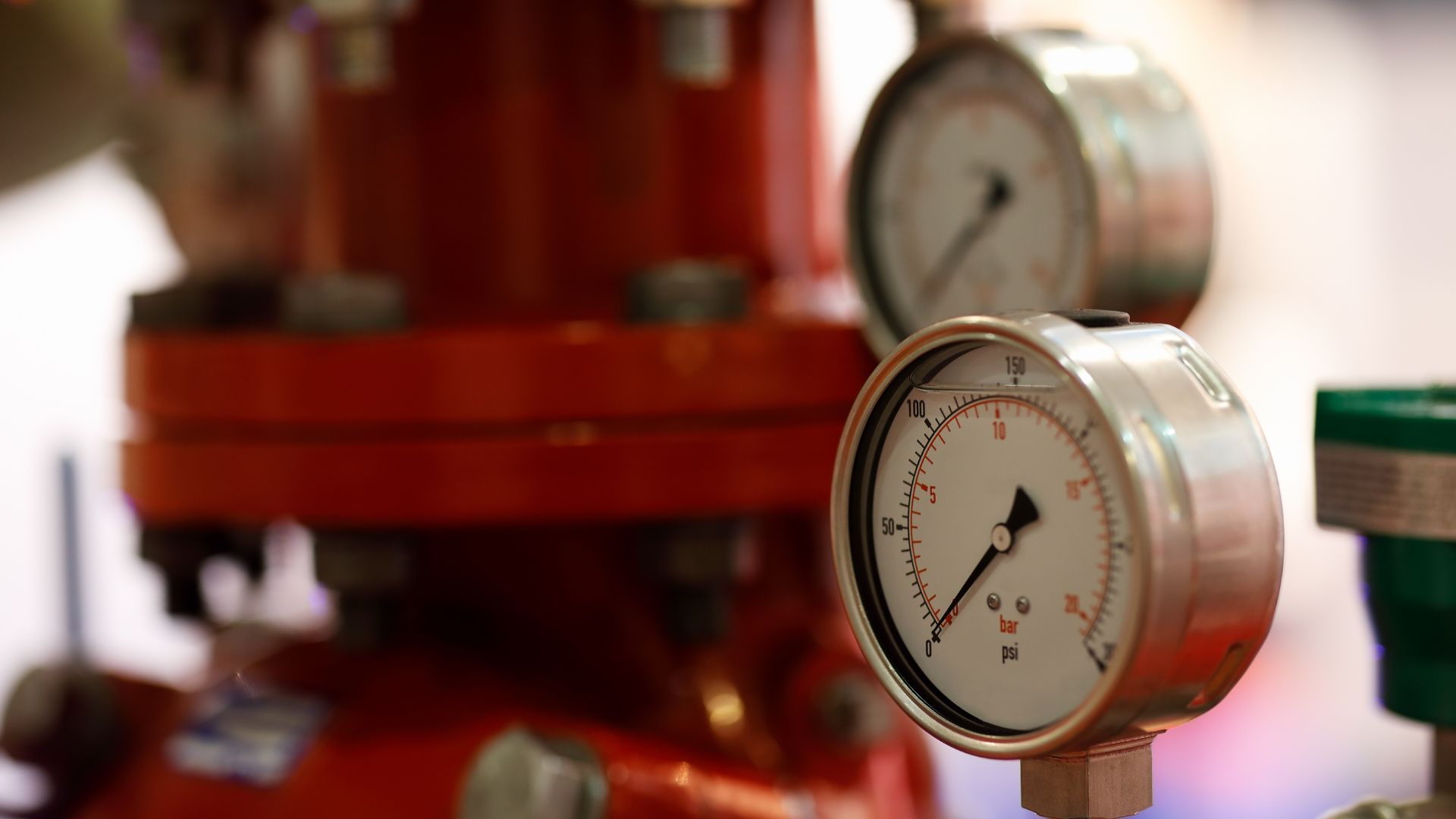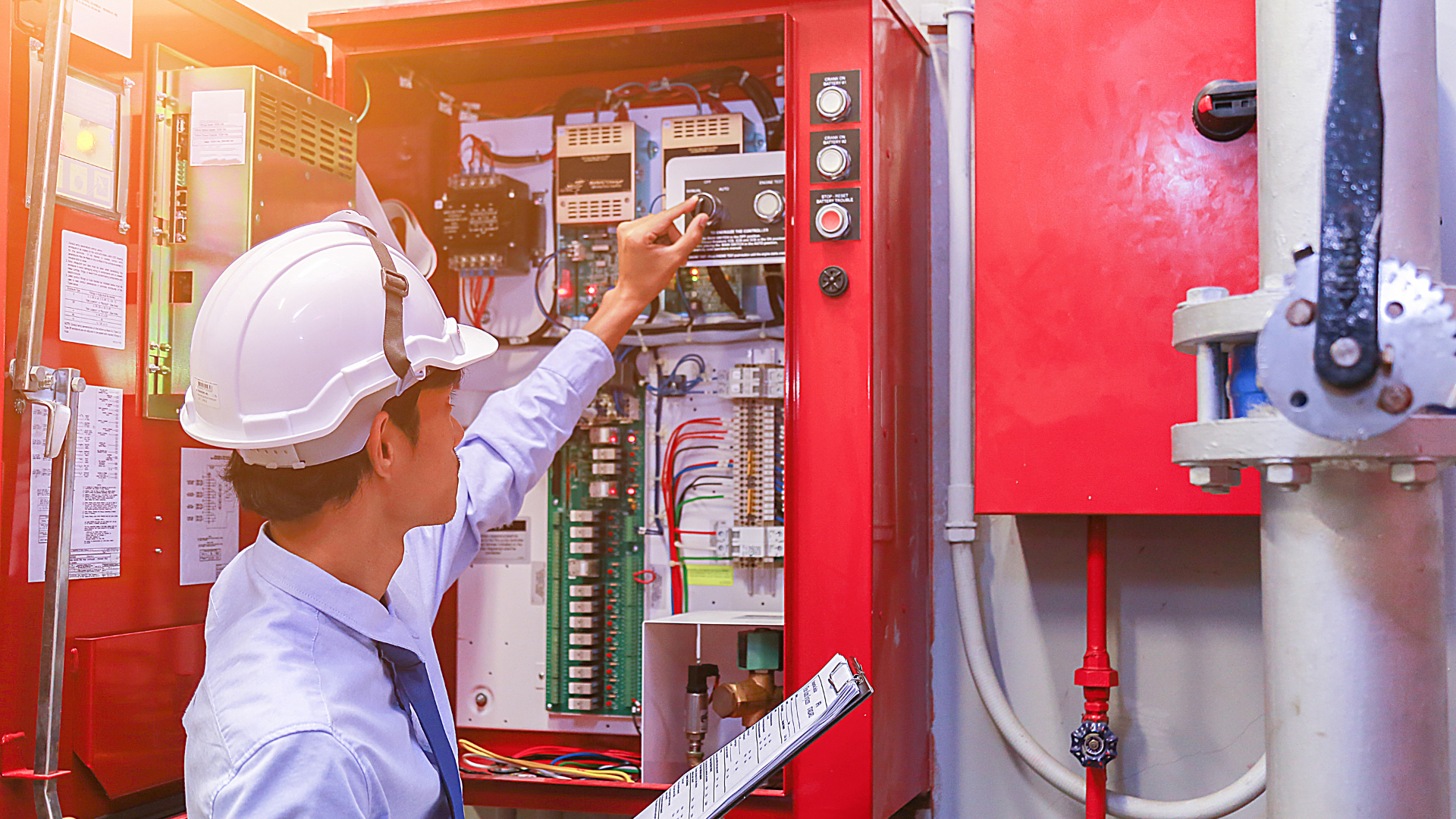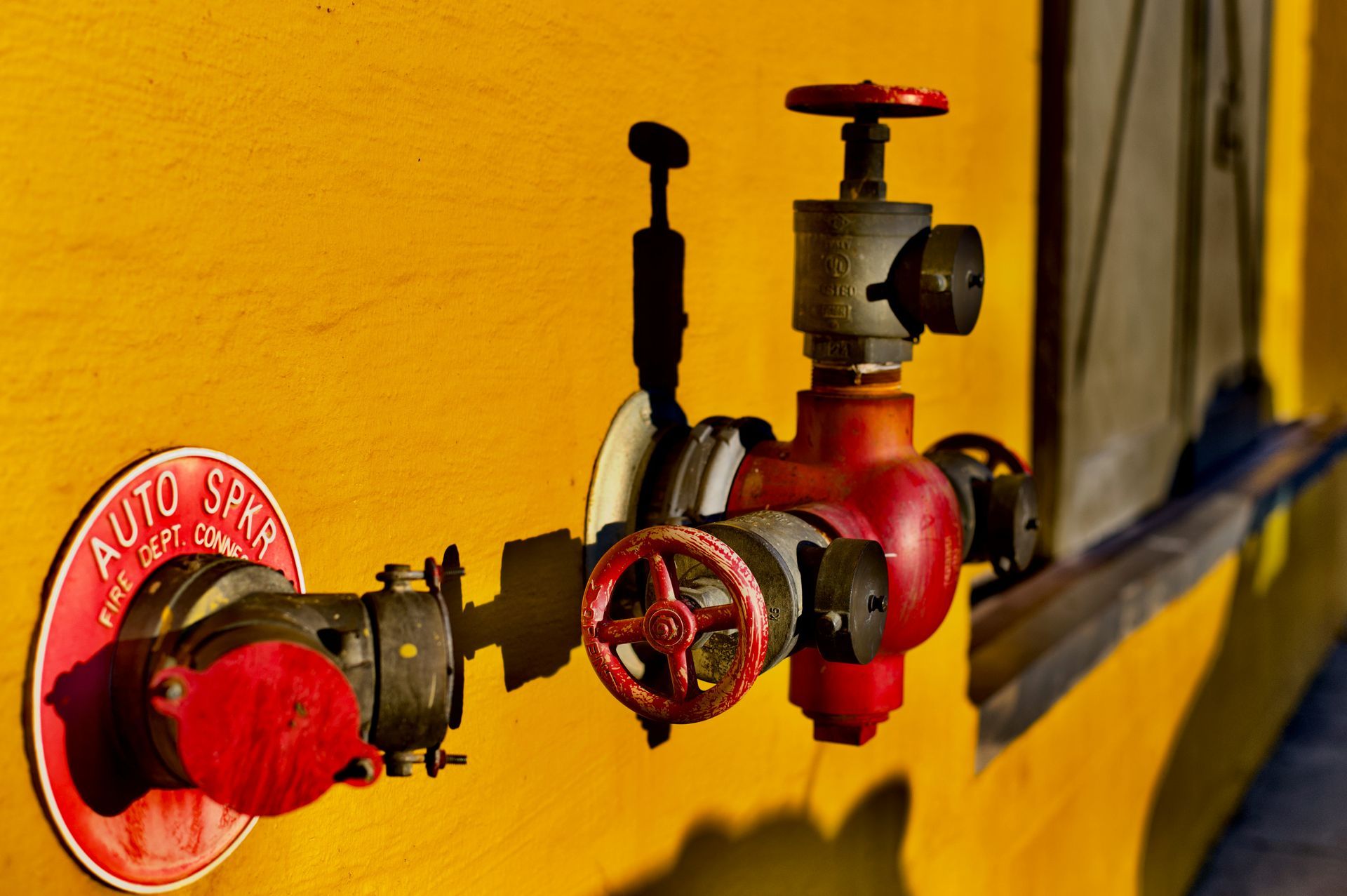Why Retrofitting Your Building with a Fire Sprinkler System Is a Smart Investment
Upgrade Fire Safety
If you own or manage an older building, ensuring that your fire protection systems are up to date should be a top priority. One of the most effective ways to safeguard your property, employees, and visitors is to retrofit your building with a modern fire sprinkler system. While it may seem like a large upfront investment, the long-term benefits far outweigh the costs. Here’s why retrofitting with a fire sprinkler system is a smart decision.
Enhanced Safety for Occupants
The primary reason to retrofit a building with fire sprinklers is safety.
Fire sprinkler systems are proven to save lives by suppressing fires quickly and efficiently. In fact, buildings equipped with sprinkler systems report significantly fewer fatalities and injuries compared to those without. Whether it’s a commercial, residential, or industrial property, protecting the people inside should always come first.

Compliance with Updated Fire Codes
Fire safety standards have evolved over the years, and many older buildings may not meet current
fire codes. In some cases, local regulations may even require that older structures be updated to include fire sprinkler systems, especially during renovations or changes in building use. Retrofitting with a modern sprinkler system ensures that your building is fully compliant with all safety regulations, avoiding potential fines and legal issues.
Lower Insurance Premiums
Insurance companies recognize the value of fire sprinkler systems in minimizing fire damage and risk. By retrofitting your building with sprinklers, you’re likely to see a
reduction in your property insurance premiums. In some cases, the savings on insurance costs can help offset the initial investment of installing the system, making it a financially sound decision.

Increased Property Value
A modern fire sprinkler system not only provides peace of mind but also increases the market value of your building. Potential buyers or tenants view properties with up-to-date fire protection systems as safer and more desirable, which can make a significant difference when it comes time to sell or lease your building.
Minimizes Damage During a Fire
Fire sprinklers are designed to detect and suppress fires quickly, often extinguishing the flames before they can spread. This can drastically reduce the amount of fire, smoke, and water damage that occurs during a fire incident. For older buildings with valuable contents or historical significance, this can be especially crucial in preserving the structure and minimizing restoration costs.

Cost-Effective in the Long Run
While retrofitting an older building with a fire sprinkler system requires an initial financial investment, the
long-term benefits far outweigh the costs. Between the potential savings on insurance premiums, reduced fire damage, and increased property value, it’s a decision that pays off in more ways than one. Moreover, the peace of mind that comes with knowing your building is properly protected is invaluable.
Expertise in Retrofitting Older Buildings
At ASAP Fire Sprinkler Protection, we specialize in retrofitting older buildings with modern fire sprinkler systems. Our team has the knowledge and expertise to assess your property, design a customized system, and install it with minimal disruption to your daily operations. Whether your building is commercial, residential, or industrial, we tailor our approach to meet the specific needs of your property.
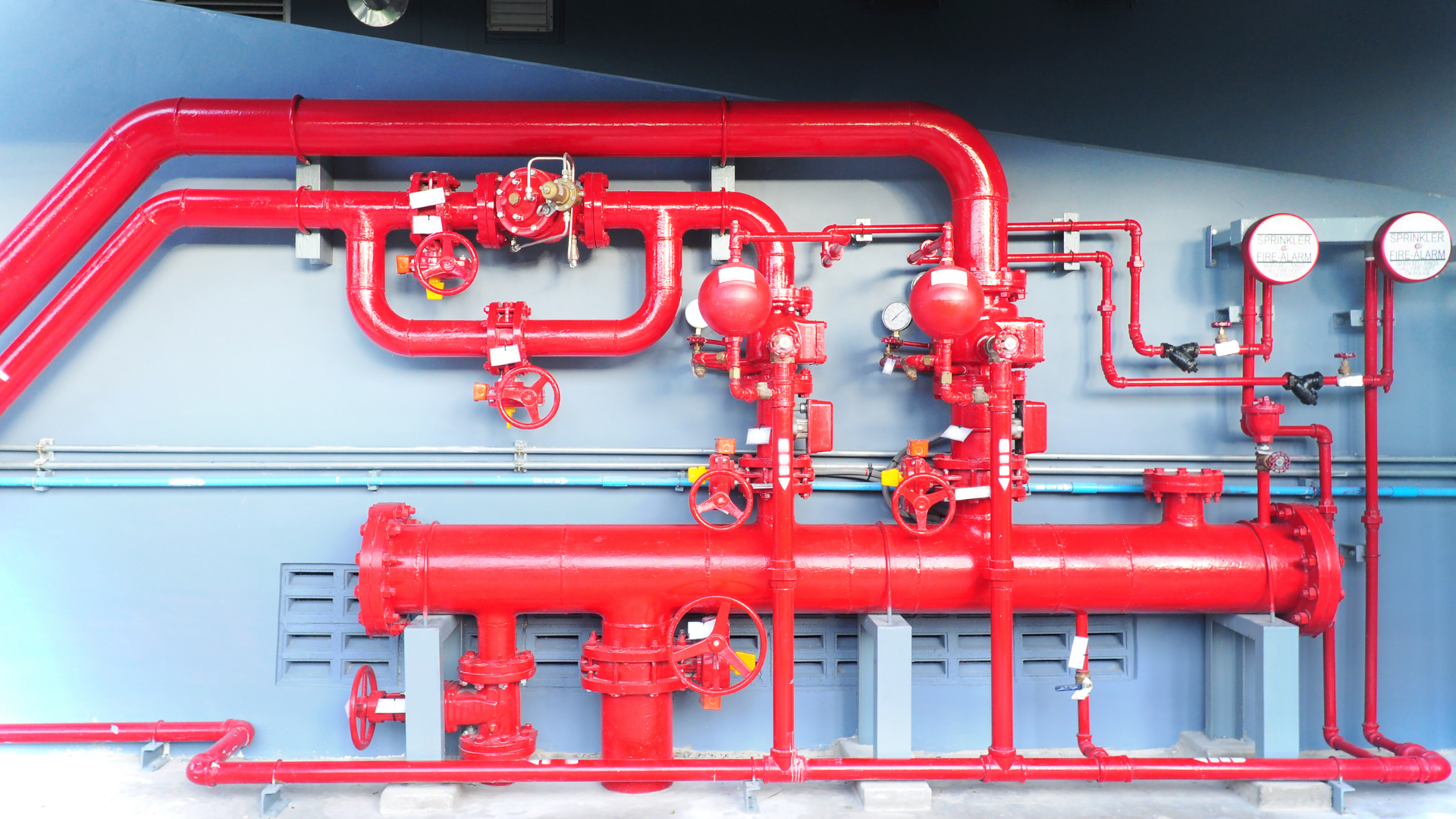
A Safe Future for Your Building
Don’t wait until a fire occurs to realize the importance of a functional and reliable fire sprinkler system. Retrofitting your building ensures that you’re taking the necessary steps to protect your property and its occupants for years to come. From increased safety and compliance to potential savings, retrofitting your building with a fire sprinkler system is a smart, forward-thinking investment.
If you’re ready to bring your building’s fire protection systems into the modern age, contact ASAP Fire Sprinkler Protection today. We’ll guide you through the retrofitting process and ensure that your building is equipped with the best fire safety technology available.
